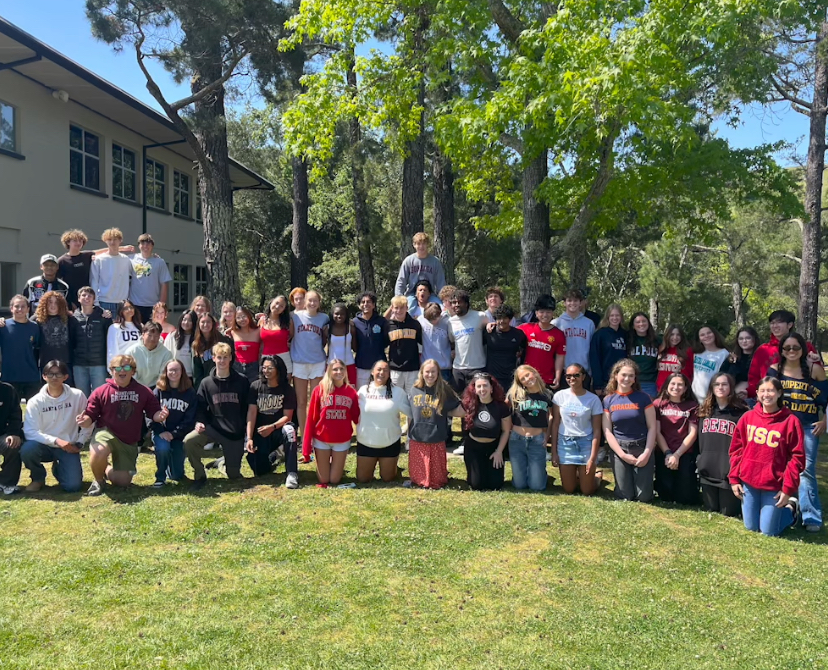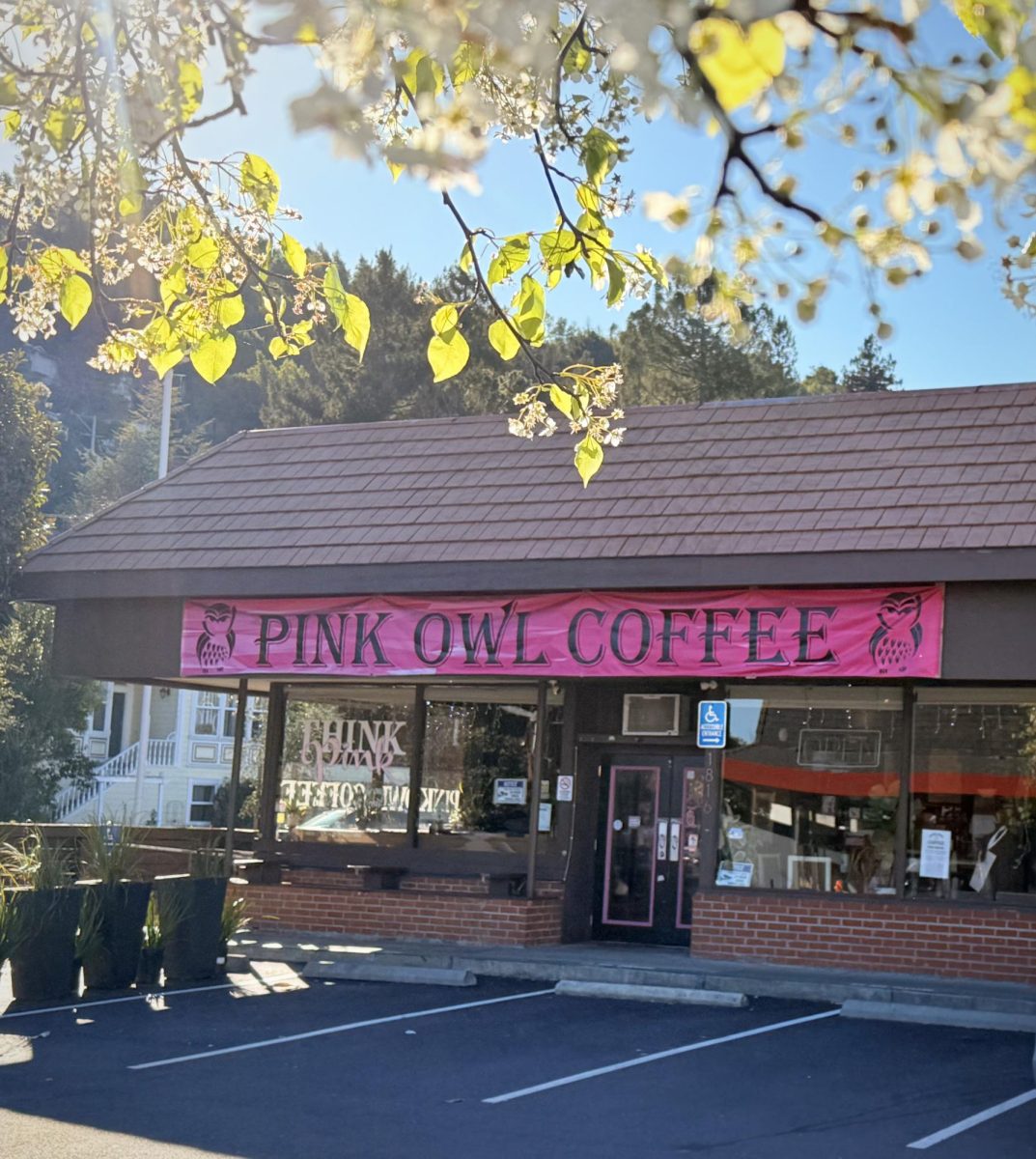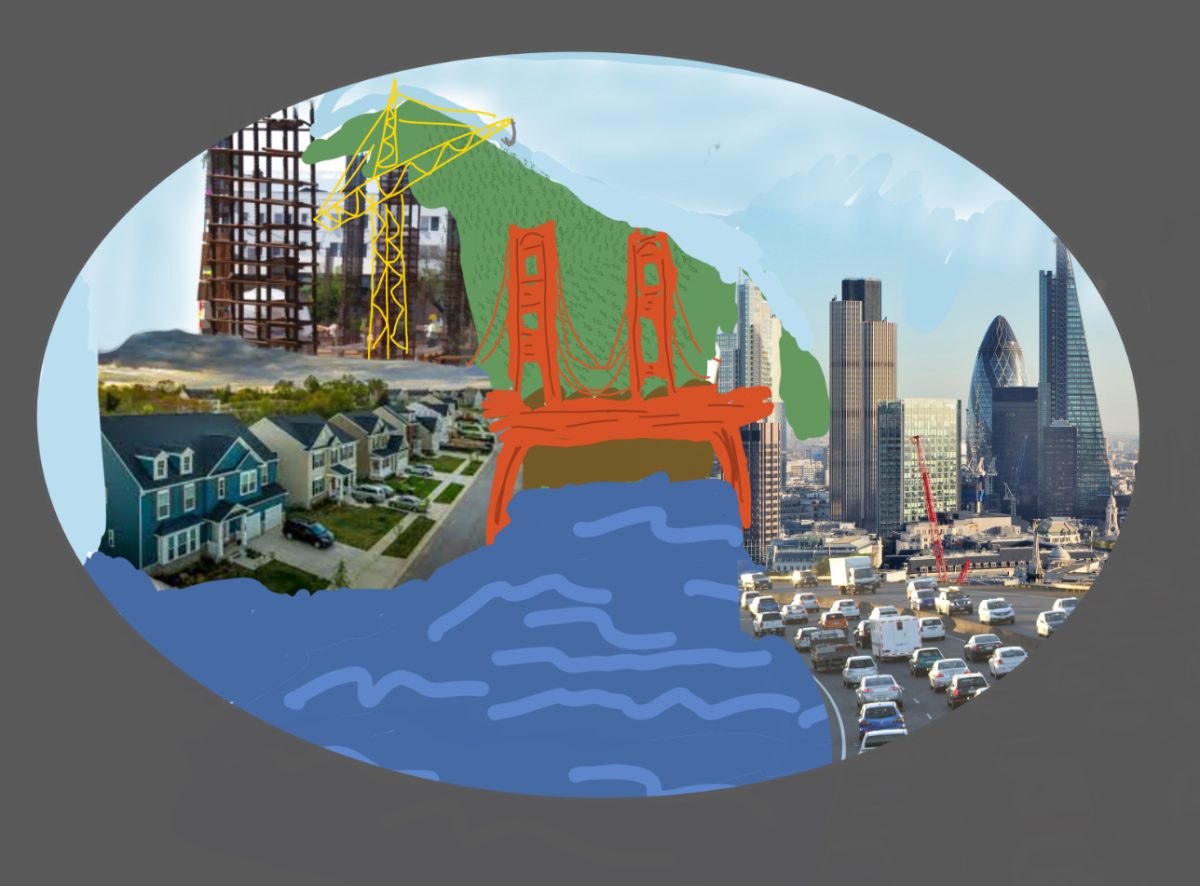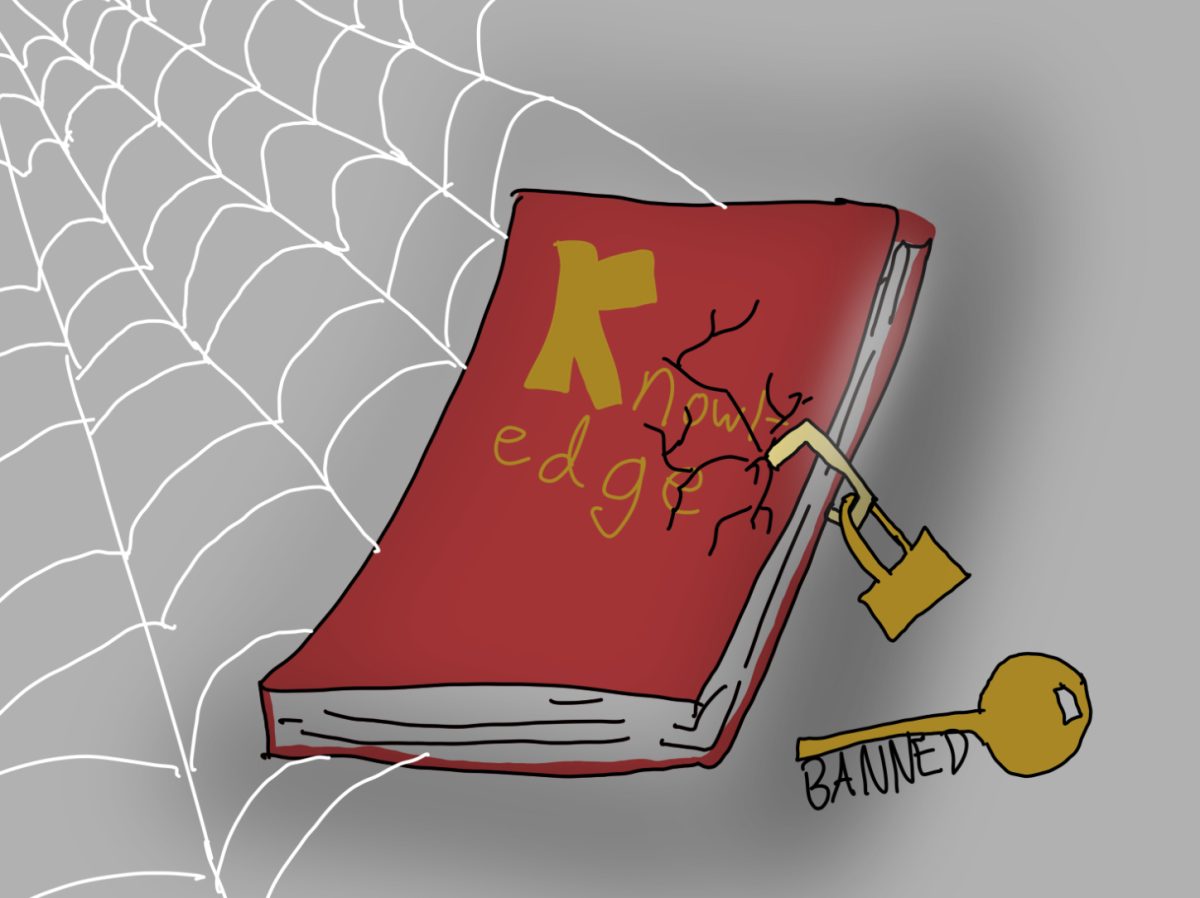The San Francisco Bay Area has been home to innovation in a wide array of industries from technology to healthcare. People have flocked to the Bay Area for decades to pursue careers in interesting and revolutionary industries. This combined with poor city planning has created a housing market that is unaffordable for many Bay residents. So, what should we do about it?
Creating affordable housing units is often prescribed by local lawmakers to lower housing prices, but these proposals are constantly met with backlash from locals. For example, just a couple blocks from my house, the Hauke Park high-density development was proposed by the City of Mill Valley and faced immediate backlash from members of the community. They claim that it is a safety risk for children playing at the park, it will increase traffic and it does not fit into the size or overall feel of the community. The opponents say the same thing as opponents of almost every project nationwide: I am for affordable housing, but this project is not how we should do it.
I agree. Governments building dedicated affordable housing units is not the way to solve the Bay Area’s housing crisis or any housing crisis for that matter. The main issue with it is that only a select few people qualify, so it fails to make real changes to the cost of other units in the area. Furthermore, government corruption and blatant incompetence lead these projects to go way over budget wasting precious taxpayer dollars. Something as simple as building a anti-suicide net on the Golden Gate Bridge went 258 million dollars over-budget and took years longer than expected to complete. If our government failed to implement something as uncontroversial and necessary as an anti-suicide net in a cost-effective and timely manner, how can we expect them to construct often controversial affordable housing complexes?.
So then, what is the solution? The way to lower housing prices is quite straightforward:; increase supply. The best, and most basic solutions are higher-density, mixed-use zoning and issuing more building permits. Neither has been done at a noticeable rate.
According to the Bay Area Council, from 2011 to 2019, the Bay Area added a solid 676,000 new jobs while only creating an abysmal 176,000 housing units. San Francisco is the slowest and most expensive city to construct new buildings in the state. This leads to San Francisco having one of the most expensive housing markets in the country due to the constant lack of supply.
Zoning laws regulate how pieces of land can be used in a given geographic area. Riveting stuff, I know. These laws can play an important role in protecting a preschool from having a garbage dump move in next door; however, throughout American history, governments have vastly increased and abused the power of these laws. Redlining, the practice of preventing services from reaching certain communities deemed hazardous, stems from zoning, and its negative impacts are still seen in the immense racial inequality in the United States. Now, policies often force developers to build certain types of housing units, generally single-family housing, no matter what is demanded by the market. This overreach has been the main culprit in creating inefficient, car-dependent, and expensive cities.
Similar to building affordable housing units, the main hurdle for new mixed-use private developments is the neighbors who wish to maintain the feel of their community and property values which is fair, but to create a more equitable, green society, some sacrifices must be made. Further, new mixed-use developments do not necessarily have to harm the neighborhood in which it is constructed. They can make access to local restaurants and shops easier, making the community a more pleasant and convenient place to live.
In the coming decades, the US population will increase by tens of millions. If we continue to house these new people with suburban sprawl, as we have done for decades, it will be environmentally unsustainable. More single-family housing will require the expansion of infrastructure outward and an increase in commute times and traffic. Further, detached units require much more energy to heat and cool because they do not share walls with other units. All of this increases greenhouse gas emissions contributing to the destruction of our planet. While the suburbs only house one-quarter of the American population, they account for almost half of household emissions. To combat the expansion of destructive, inefficient housing, we must allow higher-density developments to be made where there is demand instead of making it downright illegal to build more efficient housing.
A common argument against higher-density, mixed-use zoning is that no one wants to live in a cramped, dense community; however, the evidence says otherwise. In Lakewood, Colorado, there is an area called Belmar. Formerly, there was a failing mall on the lot, but now, through the power of mixed-use zoning, it is home to apartments, a movie theater, shops, and even a school, all within eyesight. To travel between all of these locations, all you need is your feet. Now, property values in Belmar have sky-rocketed proving the desirability of a community like this. You may say that, if it causes an increase in housing prices, how will it lower housing costs? The main reason property values increased is because of the nationwide shortage of walkable communities, so if we create more communities like this, they will lower the cost of housing because more units will be created overall and amazing locations like these will not be as scarce.
The good news is California has already enacted a bill, Senate Bill 9, that allows up to 4 units per single-family lot. The effects of this bill have been minor, but it is a massive step in the right direction. The housing shortage has been created by years of terrible policies, so it is unreasonable to assume that this bill will solve this crisis in just a couple of years. Also, this bill does not increase mixed-use zoning which is a crucial part of a plan to create better, more affordable cities.
Zoning more mixed-use areas will allow developers to create more units to house Bay Area residents. Creating more units will reduce the cost of housing plain and simple. As a bonus, it will also be better for the environment and create more interesting, fun communities. This vision for the future of American housing goes against the common idea of what the American dream is: a white-picket fence in the suburbs, two and a half kids, and a dog, but it will foster a new, better idea of what American life should be.























